比较大的曼陀林--The Mandobass
佚名 网络曼多贝斯是曼陀林家族中最大(也是最不常见)的成员,有时用作曼陀林管弦乐队的低音乐器。它本质上是一个形状像 A 型曼陀林的巨大原声贝司。这种贝斯太大了,演奏者通常像低音提琴一样握住它——直立并由放在地板上的尾销支撑。
The Mandobass is the largest (and least common) member of the mandolin family, sometimes used as the bass instrument in mandolin orchestras. It's essentially an Enormous Acoustic Bass shaped like an A Style Mandolin. This Bass is so large that players usually hold it like a double bass—upright and supported on an endpin that rests on the floor.

全尺寸曼陀林低音提琴的琴颈长度与标准管弦乐低音提琴相似:约 43 英寸(110 厘米)。该乐器在其他方面与曼陀林家族中较小、音调较高的成员相似 ,有一个琴弦琴颈,一个带有齿轮调音器的琴头,以及一个大的共鸣体,通常但不总是形状像其他曼陀林。
The neck-scale length on a full-size mando-bass is similar to that of a standard orchestral double bass viol: about 43 inches (110 cm).The instrument is otherwise similar to the smaller, higher-pitched members of the mandolin family, having a fretted neck, a headstock with geared tuning machines, and a large resonating body often—but not always—shaped like other mandolins.

大型四弦曼多贝斯的琴颈更长,并且采用 EADG 调音,就像低音提琴或低音吉他一样。它在20世纪初期的美国和欧洲曼陀林乐团中很流行。早期的示例具有非常大的琴体,通常像低音提琴一样以直立位置演奏。后来的示例通常具有较小的琴体,旨在以吉他风格演奏。The large four-string mandobass has a much longer neck and is tuned EADG, like a double bass or bass guitar. It was popular in early 20th century American and European mandolin ensembles. Early examples had very large bodies and were often played in an upright position like a double bass.Later examples often have smaller bodies and are intended to be played guitar style.
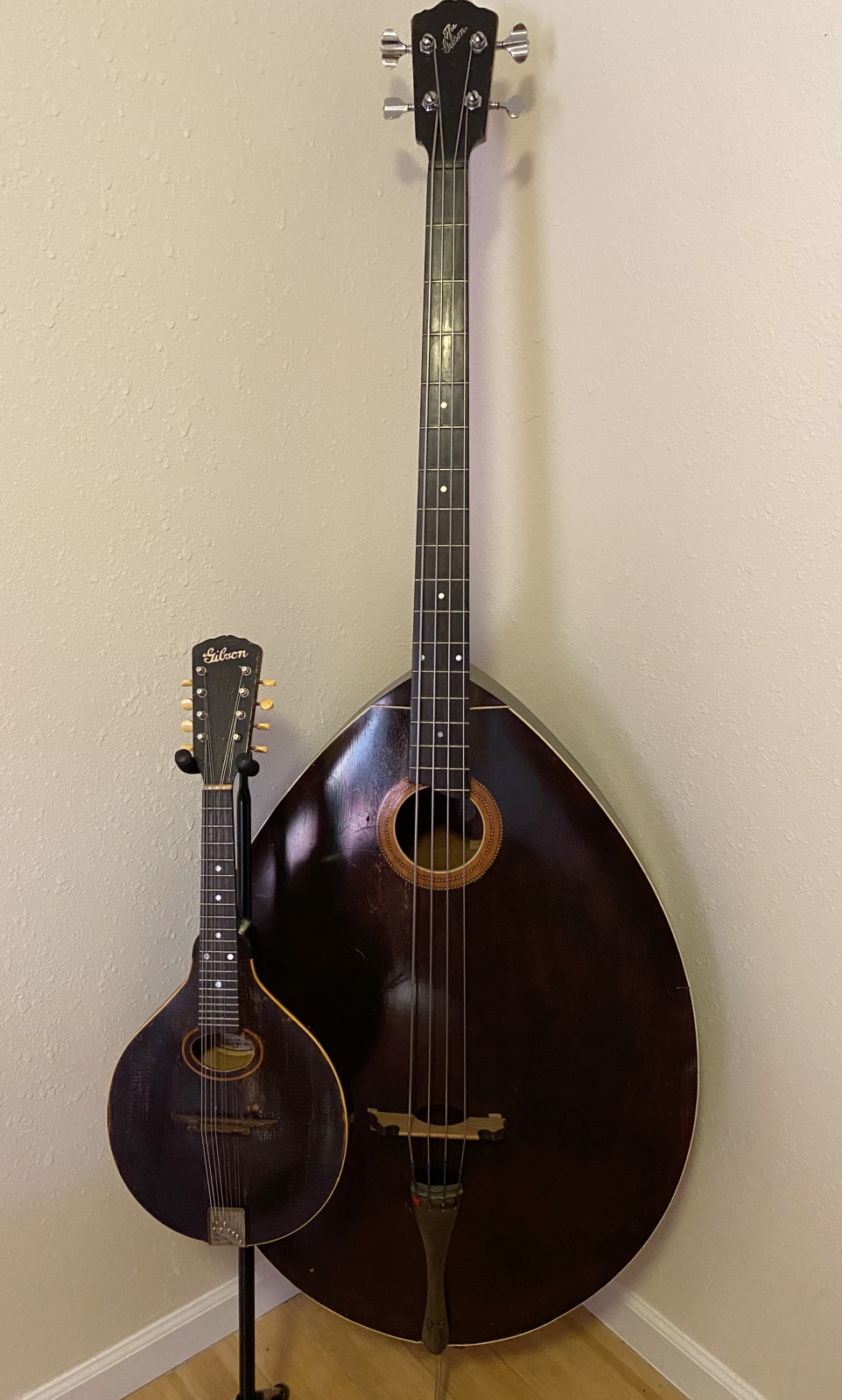
小型四弦曼多贝斯是相同的,但规模较小,通常调音为 GDAE(比曼陀林低两个八度)或 CGDA(比曼陀林低两个八度)。虽然不如大型乐器那样共鸣,但演奏者通常更喜欢它,因为它更容易操作且更便携。The small four-string mandobass is identical, but built on a smaller scale and usually tuned either GDAE, two octaves below the mandolin, or CGDA, two octaves below the mandola. Though not as resonant as the larger instrument, players often preferred it as easier to handle and more portable.

八弦曼多贝斯,或称“颤音低音”,相对罕见,其构造与曼陀林完全相同,但更大,并且调音为 GDAE(比曼陀林低两个八度)或 CGDA(比曼陀林低两个八度)。The eight-string mandobass, or "tremolo-bass", relatively rare, is built exactly like a mandolin but is much larger and tuned either GDAE, two octaves lower than the mandolin, or CGDA, two octaves below the mandola.

当曼陀林管弦乐队规模化时,成员们开始意识到向管弦乐队添加低音的问题。在尝试演奏低音区时,许多曼陀林演奏者不愿意改用低音提琴,因为他们认为低音提琴的弓弦动作侵犯了他们的弹拨弦世界。When mandolin orchestras were being organized in numbers, the members became aware of the problem of adding bass to their orchestras. In trying to play the bass range, many mandolin players were reluctant to switch to the contrabass, because they saw its bowed action as an intrusion into their plucked-string world.
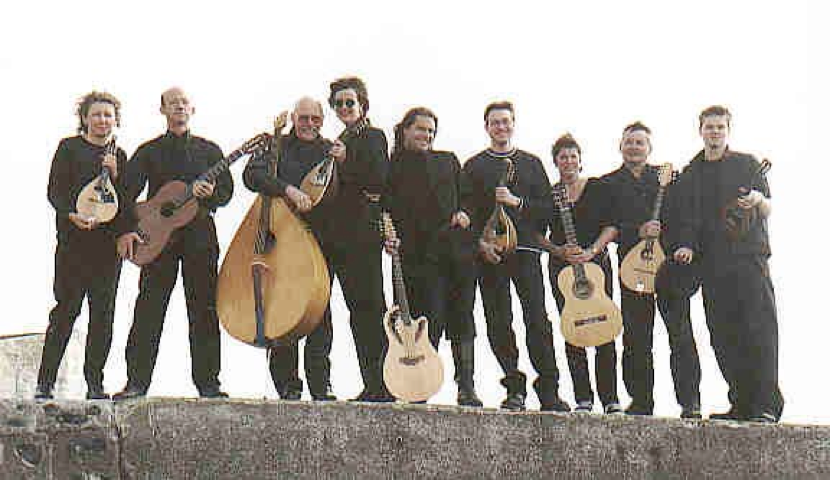
然而,他们面临着曼陀林贝司太安静的问题;很难从他们身上获得强音(响亮的声音)。此外,他们没有得到低音提琴的深沉低音。出于这些原因,大多数曼陀林管弦乐队更喜欢使用普通的低音提琴,而不是专门的曼陀林家族乐器。弓不仅有助于提高音乐强音部分的音量,而且低音提琴还可以提供更深的音符。 They faced the problem, however, that mandolin basses were too quiet; it was hard to get forte (loud sound) from them. Furthermore, they did not get the deep bass notes of the contrabass. For those reasons, most mandolin orchestras preferred to use the ordinary contra-bass, rather than a specialized mandolin family instrument. The bow not only helps with volume for forte sections of music, but the contrabass has deeper notes available.

直到 1911 年,美国著名的曼陀林乐器家族还没有真正的低音成员。曼陀林对美国来说相对较新,在 1880 年代中期开始为人所知,并在 1910 年之前达到流行顶峰。美国公众大多不知道欧洲生产的少数曼陀林。Up until 1911, the mandolin family of instruments as known in the United States had no true bass member. Mandolins were relatively new to the United States, beginning to be known in the mid-1880s and reaching the peak of popularity before 1910. The American public was mostly unaware of the few mando-basses being made in Europe.
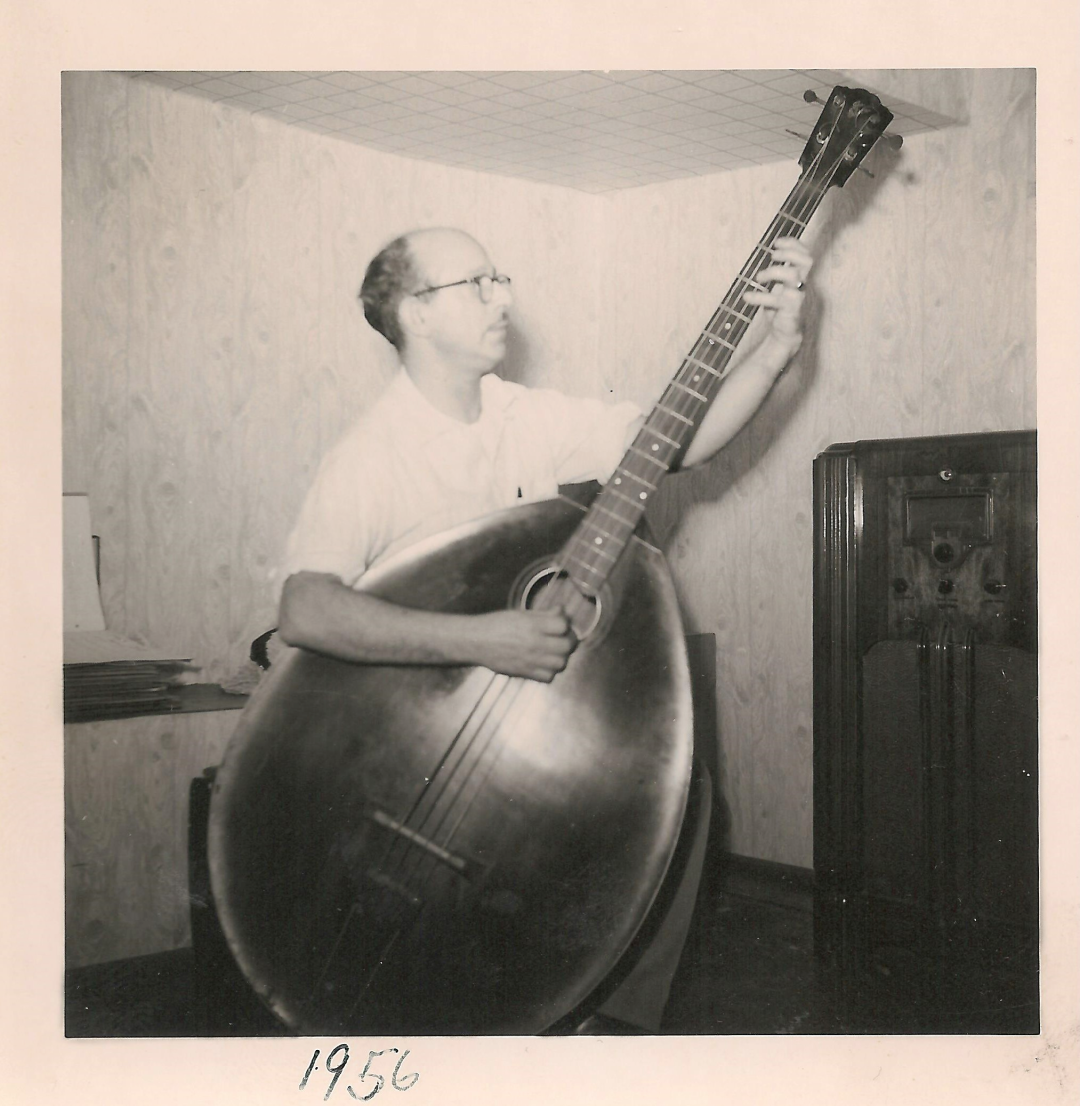
1911 年美国班卓琴演奏家、曼陀林演奏家和吉他演奏家协会会议的已发表会议纪要包括一篇有关英国开发的低音曼陀林的条目,并表明与曼陀罗低音相关的问题是会议上首先讨论的问题之一。正是在这次会议上,吉布森曼陀林吉他公司的乔治·D·劳里安(George D. Laurian)宣布,他的部门已经为曼陀林家族开发了一名贝斯成员。 Published minutes from the 1911 meeting of the American Guild of Banjoists, Mandolinists and Guitarists included an entry about bass mandolins developed in Britain, and indicate that issues related to the mando-bass were among the first discussed at the meeting. It was at this meeting that George D. Laurian of the Gibson Mandolin-Guitar Company announced that his department had developed a bass member for the mandolin family.

密歇根州卡拉马祖的吉布森旋律女仆,来自 1922 年的商业杂志。其中一位音乐家正在演奏曼多贝斯(中左)。在 1912 年协会的下一次会议上,四家公司展示了他们的曼多贝斯版本:Gibson、Leland、Vega 和 Wm。C.斯塔尔. 所有四家公司都进行了广泛的广告宣传,但与竞争对手相比,只有吉布森在音乐家大规模演奏曼多贝斯的照片中宣传他们的曼多贝斯,强调演奏乐器的社交方面。最终,最成功的两种乐器是 Gibson 和 Vega 生产的。Gibson Melody Maids of Kalamazoo, Michigan from a 1922 trade magazine. One of the musicians is playing a mandobass, center left.At the Guild's next meeting in 1912, four companies displayed their versions of a mando-bass: Gibson, Leland, Vega, and Wm. C. Stahl. All four companies advertised extensively, but in contrast to its competitors, only Gibson promoted their mando-bass in photographs of musicians playing it in large groups, emphasizing the social aspects of playing their instrument. Ultimately, the two most successful instruments were those produced by Gibson and Vega.
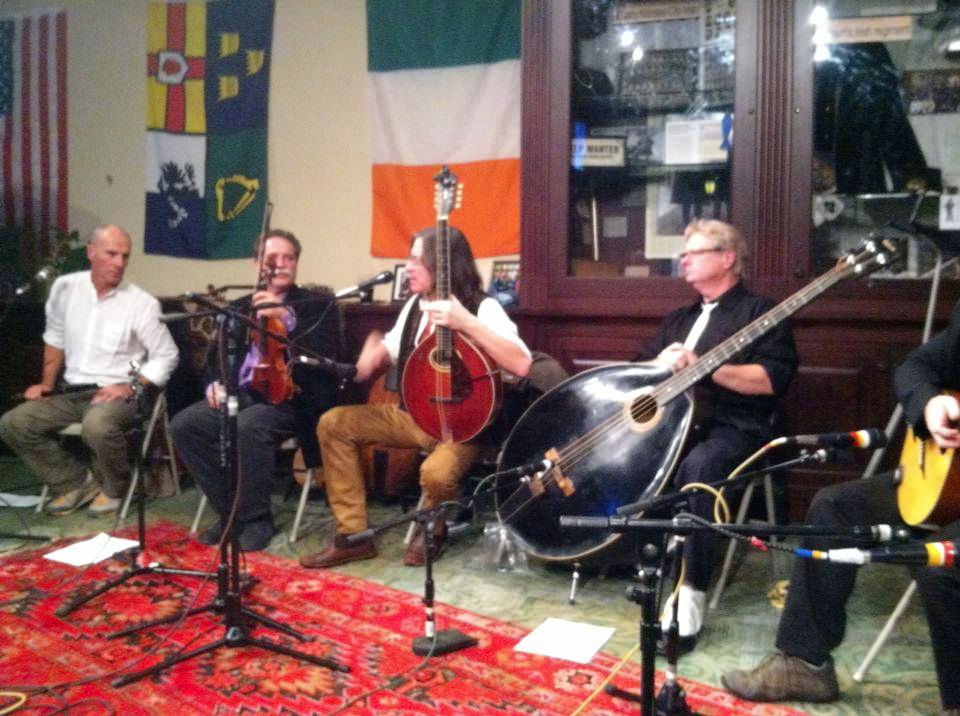
吉布森(Gibson)设计了他们的曼多贝司,通过改变乐器所放置的销钉的位置,可以直立或侧放(就像普通的曼陀林)演奏。Gibson 从 1912 年到大约 1930 年制造了 Mandobasses。这个时代幸存下来的大多数曼多巴司都是 Gibsons。Gibson designed their mandobasses to play either upright or on their side (like a regular mandolin) by changing the position of the pins the instrument rests on. Gibson made Mandobasses from 1912 to approximately 1930. Most mandobasses that survive from this era are Gibsons.

乐器制造商生产了各种尺寸和形状的曼多贝斯。Gibson 型号大多是传统“A”型曼陀林(泪滴形)的放大版本,但限量版“O. Pagani”型号除外,其形状更类似于管弦乐低音提琴。帕加尼型号也是美国制造的少数八弦曼多贝斯之一,与欧洲颤音贝斯一样有四个双弦音轨。Vega 制作了平背和驼背曼多贝斯(称为“圆柱背”),两者的轮廓大致呈曼陀林形状,但上部有明显的尖角。其他制造商(H.F. Meyer、Prairie State、Wm. C. Stahl)生产的乐器形状更像吉他、鲁特琴或西特琴。Musical instrument makers produced mandobasses in a variety of sizes and shapes. Gibson models were mostly a scaled-up version of the traditional "A" style mandolin (teardrop shaped), with the exception of their limited-edition "O. Pagani" model, which more closely resembled an orchestral double bass in shape. The Pagani model was also one of the few eight-string mando-basses made in the US, with four double-strung courses like the European tremolo bass. Vega produced both a flat-back and a humped-back mando-bass (known as a "cylinder back"), both with a generally mandolin-shape in outline, but with markedly pointed upper bouts. Other builders (H.F. Meyer; Prairie State; Wm. C. Stahl) produced instruments that were more guitar, lute, or cittern-shaped.

到了 1920 年代末,曼陀林管弦乐团的受欢迎程度逐渐减弱,对曼陀林贝斯的需求也开始消失。Gibson 于 1930 年停止生产,到 1930 年代中期,大多数其他公司也纷纷效仿。据了解,1940 年之后没有生产任何商用曼陀贝斯,目前(2015 年)也没有生产。不过,偶尔也会有私人委托制作的乐器,例如英国制琴师罗宾·格林伍德 (Robin Greenwood) 于 1992 年为音乐家希拉里·詹姆斯 (Hilary James) 制作的乐器。By the late 1920s, the popularity of mandolin orchestras was waning, and demand for the mando-bass began to evaporate. Gibson ceased production in 1930, and by the mid-1930s most other companies had followed suit. No commercial mando-basses are known to have been manufactured after 1940, and none are currently (2015) in production. An occasional instrument has been privately commissioned, however, such as that crafted in 1992 by English luthier Robin Greenwood, for musician Hilary James.

如前所述,根据单个乐器的风格和尺寸、演奏者的偏好以及要演奏的音乐的要求,对曼多贝斯进行了多种调音。全尺寸 4 弦乐器的调音通常为四度,与管弦低音提琴相同:E1 A1 D2 G2。这种调音在美国很受欢迎,在欧洲也很常见。较小、音阶较短的乐器通常采用五度音调,比曼陀林低两个八度:G1、D2 A2 E3。特别是在欧洲,即使对于较大的乐器,这种调音有时也是首选。As noted earlier, several tunings were employed for the mando-bass, depending on the style and size of the inpidual instrument, player's preference, and the requirements of the music to be performed. Tuning on the full-sized 4-string instrument was commonly in fourths, and identical to the orchestral double bass: E1 A1 D2 G2. This tuning was favored in both America and also quite common in Europe. Smaller, shorter-scaled instruments were more usually tuned in fifths, two octaves below the mandolin: G1, D2 A2 E3. In Europe, especially, this tuning was sometimes preferred even for the larger instrument.
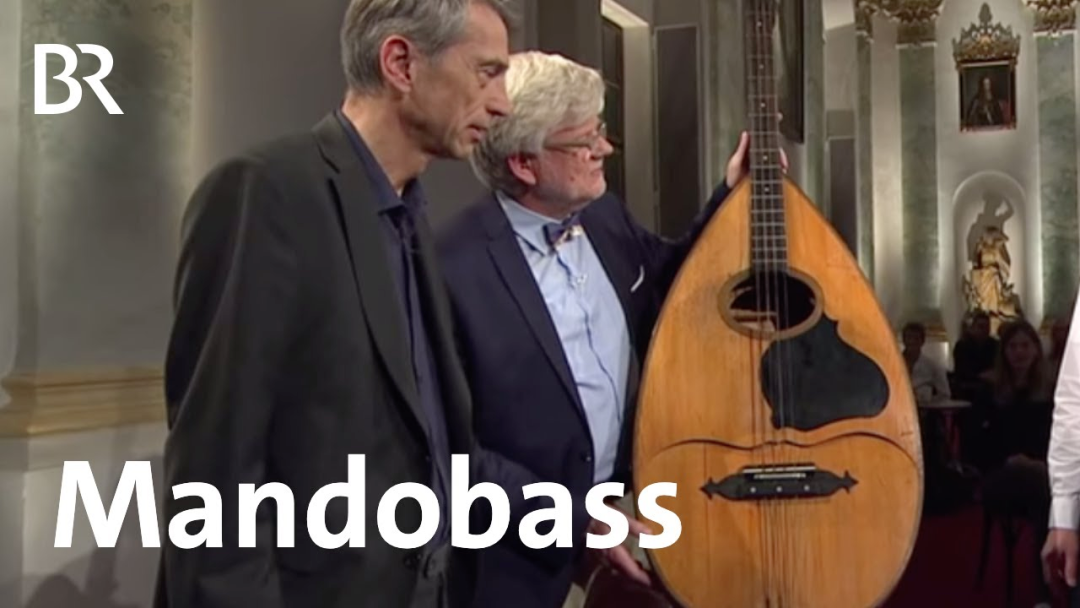
这种八弦乐器似乎总是以五度调音,要么低于曼陀林两个八度:G1 D2 A2 E3,要么低于曼陀罗两个八度:C1,G1,D2 A2。关于这种低音调音(音域比管弦乐低音提琴更低)有多常见,或者人们在什么情况下使用它的信息很少。The eight-string instrument appears to always have been tuned in fifths, either two octaves below the mandolin: G1 D2 A2 E3, or two octaves below the mandola: C1, G1, D2 A2. There is scant information as to how common this lower tuning (lower-ranging than the orchestral double bass) was, or in what circumstances people used it.
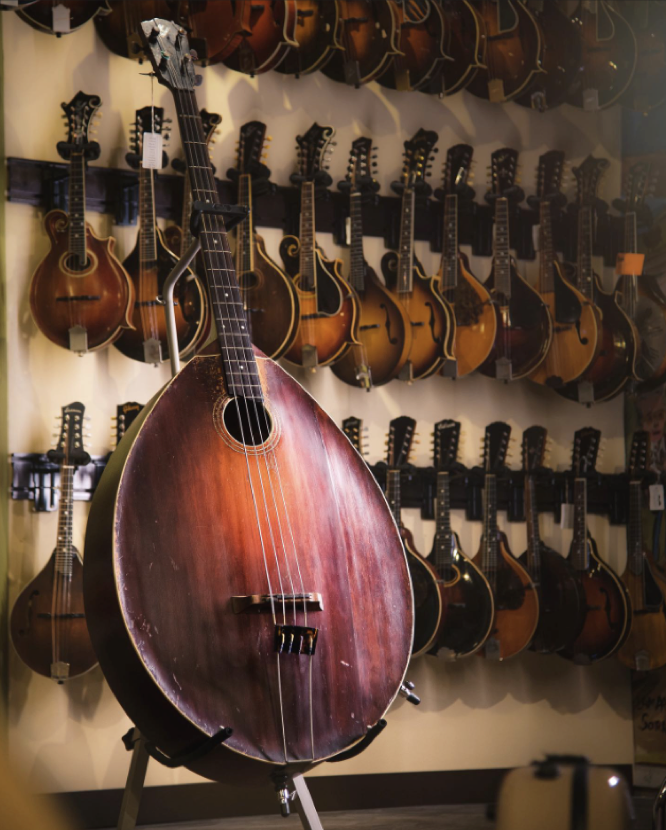
在演奏乐器时,左手将琴弦停在琴颈的顶面(指板)上以获得不同的音高,其方法与其他弦乐器相同。考虑到琴颈的尺寸和音品的存在,该乐器的左手“感觉”类似于现代电贝司吉他。In playing the instrument, the left hand stops the strings against the top surface of the neck (fingerboard) for different pitches, in the same method as other stringed instruments. Given the scale of the neck and the presence of frets, the left-hand "feel" of the instrument is similar to a modern electric bass guitar.

与调弦一样,右手演奏方法也多种多样。使用该乐器的照片显示,一些演奏者使用传统的曼陀林技术和拨片(拨片),而其他演奏者则用裸手指演奏该乐器,例如低音提琴上的拨奏。任何一种演奏方法都可以实现颤音,但由于低音弦的厚度,颤音在高音乐器上要困难一些。As with tunings, right-hand playing methods varied. Photographs of the instrument in use show some players using a traditional mandolin technique with a plectrum (pick), while others play the instrument with bare fingers like pizzicato on the double bass. Tremolo is possible with either playing method, but somewhat more difficult that on higher pitched instruments due to the thickness of the bass strings.
